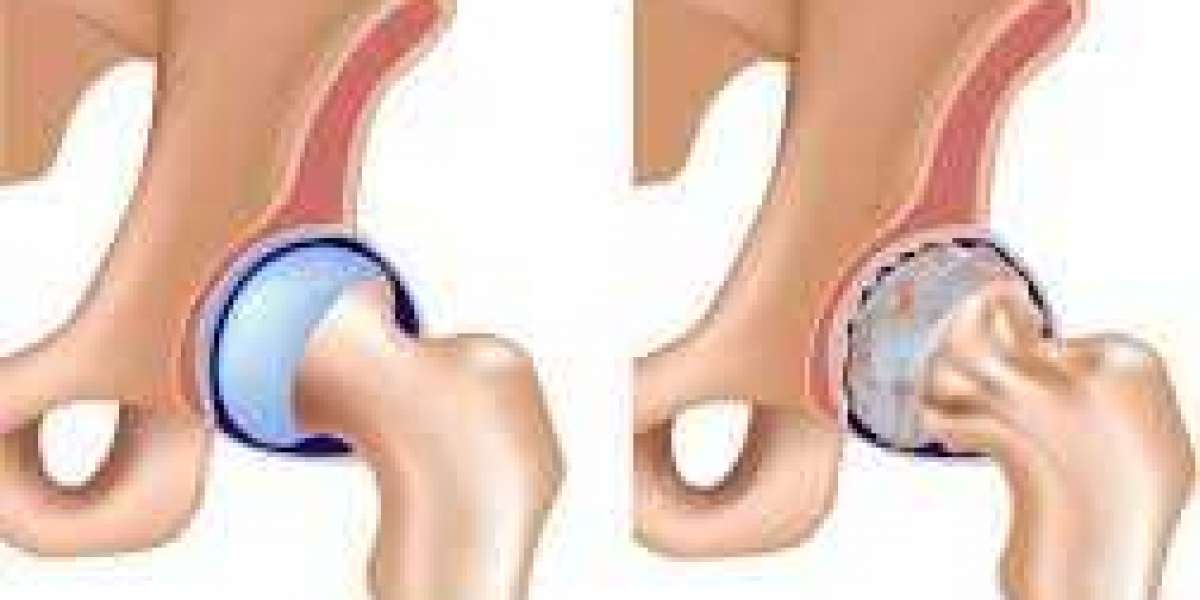Rheumatoid Arthritis (RA) is a chronic autoimmune disorder that primarily affects the joints, causing inflammation, pain, swelling, and stiffness. Early diagnosis is crucial for effective management and to prevent joint damage. However, diagnosing RA can be challenging as its symptoms often overlap with other conditions.
In the quest for optimal health, advancements in pharmaceuticals continue to provide us with innovative solutions. One such breakthrough is Carticlas tablets, a remarkable supplement designed to support and enhance overall health. This article delves into the benefits, mechanisms, usage, and future potential of Carticlas tablets, providing a comprehensive understanding of how they can help you achieve your health goals.
To standardize the diagnosis process, the American College of Rheumatology (ACR) and European League Against Rheumatism (EULAR) developed a set of diagnostic criteria. While the 1987 ACR criteria originally listed 7 key factors, the 2010 ACR/EULAR classification criteria is now widely used, focusing on early diagnosis.
The 7 Diagnostic Criteria for RA (1987 ACR Criteria)
The 1987 American College of Rheumatology (ACR) criteria identified 7 key diagnostic factors for RA. A diagnosis requires at least 4 of these 7 criteria, with symptoms present for at least 6 weeks:
1. Morning Stiffness
- Stiffness in and around the joints lasting for at least 1 hour after waking up.
- This is often one of the earliest signs of RA.
2. Arthritis in 3 or More Joint Areas
- Swelling or fluid detected in at least 3 of these joint areas:
- PIP (proximal interphalangeal) joints
- MCP (metacarpophalangeal) joints
- Wrist
- Elbow
- Knee
- Ankle
- MTP (metatarsophalangeal) joints
3. Arthritis of Hand Joints
- Swelling in at least one area in the hand joints, specifically:
- PIP joints
- MCP joints
- Wrist joints
4. Symmetric Arthritis
- Both sides of the body are affected simultaneously (e.g., both wrists or both knees).
- Symmetry is a classic feature of RA.
5. Rheumatoid Nodules
- Firm, subcutaneous lumps often found over pressure points like the elbows or fingers.
- These nodules are a more advanced sign of RA.
6. Serum Rheumatoid Factor (RF)
- A blood test detecting Rheumatoid Factor, an antibody present in many RA patients.
- Not specific to RA, but supports diagnosis when combined with other symptoms.
7. Radiographic (X-ray) Changes
- X-ray evidence of RA, such as:
- Bone erosion
- Joint space narrowing
The Modern Approach: 2010 ACR/EULAR Classification Criteria
While the 1987 criteria were helpful, they often led to delayed diagnosis as they focused on later-stage RA symptoms. In 2010, ACR and EULAR introduced updated criteria for early diagnosis. These modern criteria focus on 4 key areas, with a scoring system out of 10 points. A score of 6 or more suggests RA:
1. Joint Involvement (0-5 Points)
- 1 large joint = 0 points
- 2-10 large joints = 1 point
- 1-3 small joints (with/without large joints) = 2 points
- 4-10 small joints = 3 points
- More than 10 joints (including at least 1 small joint) = 5 points
2. Serology (0-3 Points)
- Negative RF and Anti-CCP antibodies = 0 points
- Low-positive RF or Anti-CCP = 2 points
- High-positive RF or Anti-CCP = 3 points
3. Duration of Symptoms (0-1 Point)
- Less than 6 weeks = 0 points
- 6 weeks or more = 1 point
4. Acute Phase Reactants (0-1 Point)
- Normal CRP and ESR = 0 points
- Abnormal CRP or ESR = 1 point
Why Early Diagnosis Matters
RA is a progressive disease. Early treatment with disease-modifying antirheumatic drugs (DMARDs) can prevent joint damage and improve quality of life. Without early intervention, RA can lead to permanent joint deformity and disability.
Key Takeaways
- The 7 classic diagnostic criteria (1987) remain relevant but are now supplemented by the 2010 ACR/EULAR criteria.
- A diagnosis is often based on symptoms, physical examination, blood tests (RF, Anti-CCP), and imaging (X-rays, ultrasound).
- If you experience persistent joint pain, stiffness, or swelling, especially with morning stiffness lasting over an hour, consult a healthcare provider.
Final Words
Rheumatoid Arthritis is a manageable condition when diagnosed early and treated appropriately. Understanding the diagnostic criteria empowers individuals to seek medical advice promptly, leading to better outcomes. If you suspect RA, early evaluation can protect your joints and preserve your quality of life.







